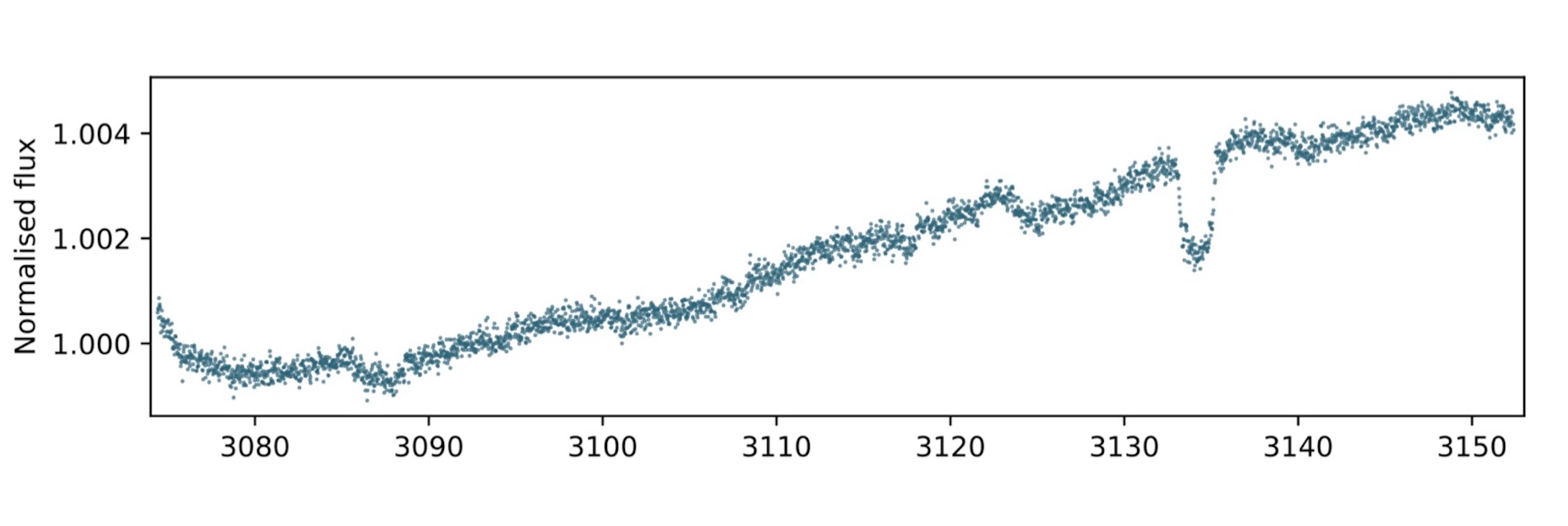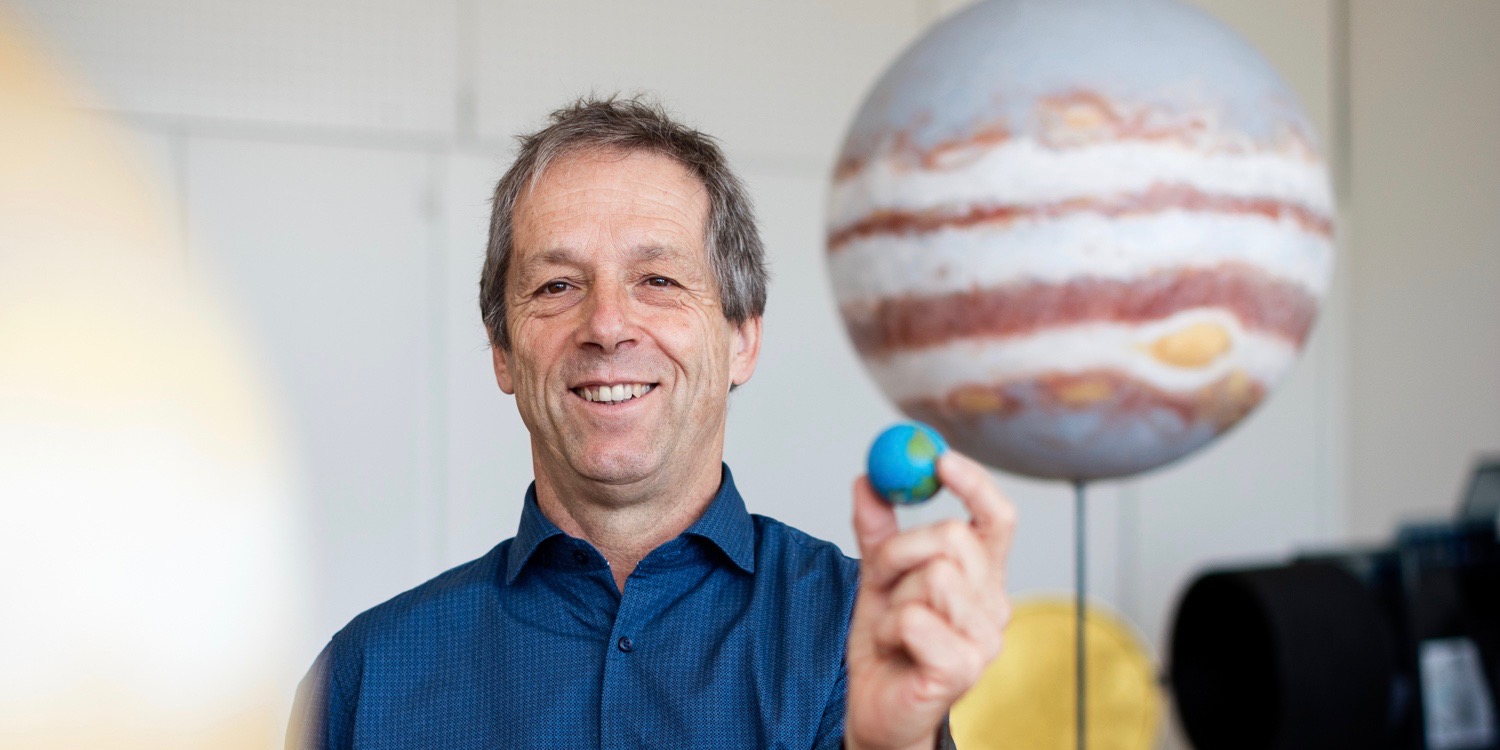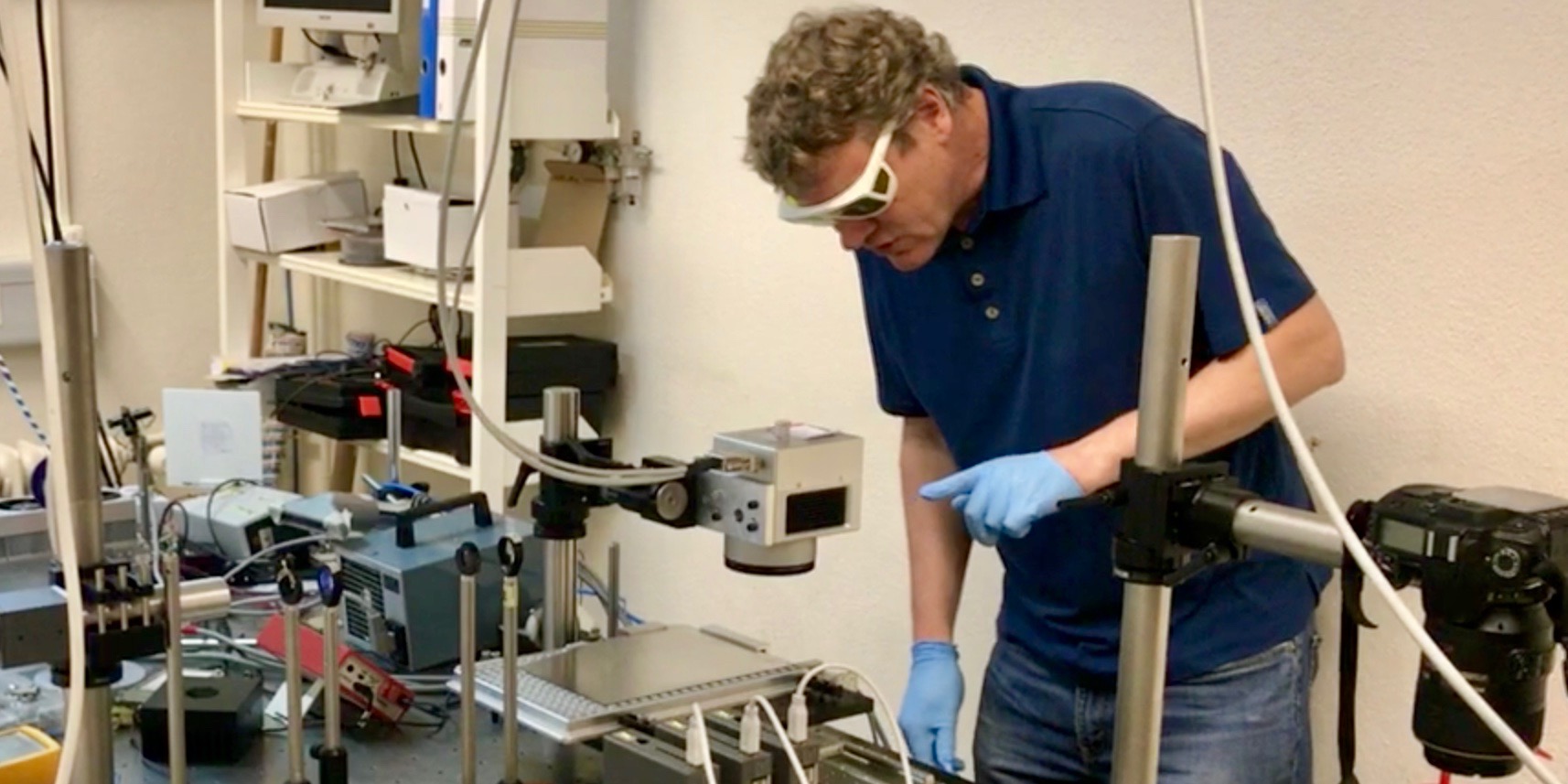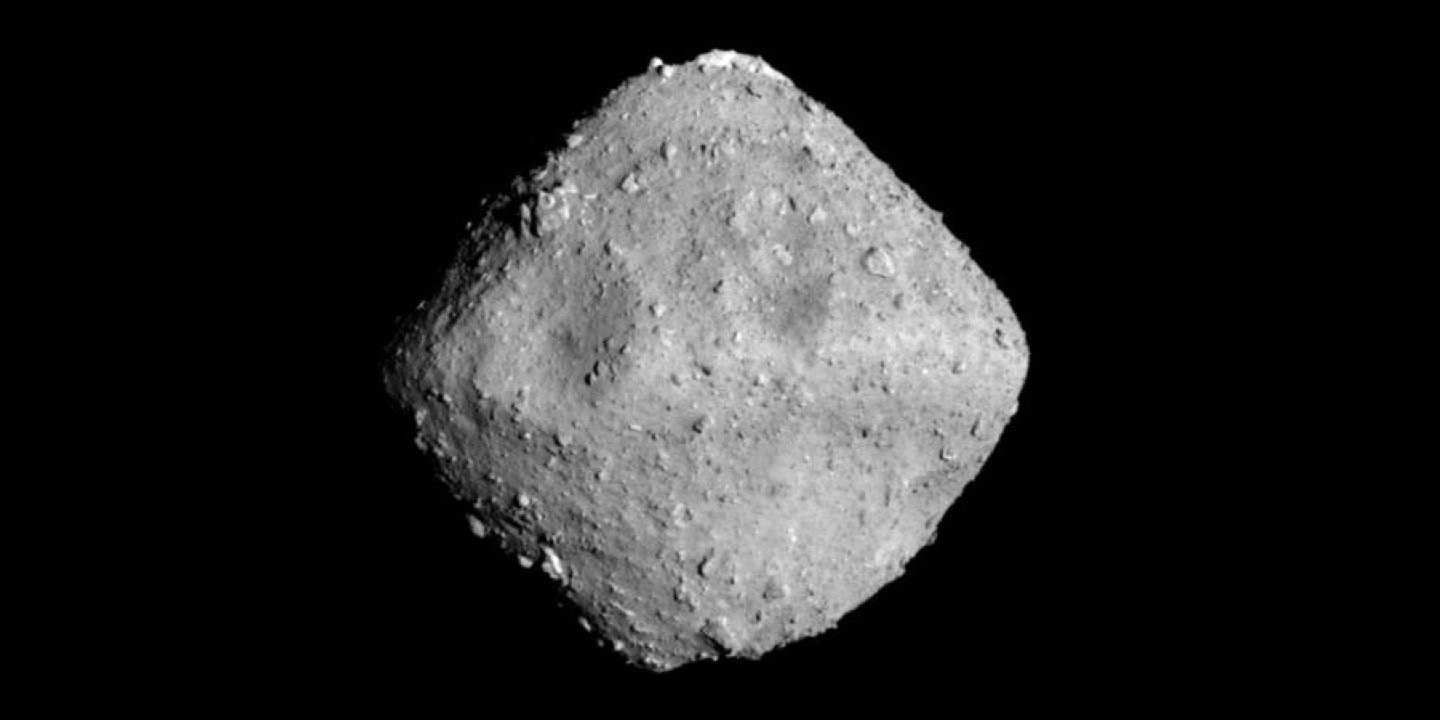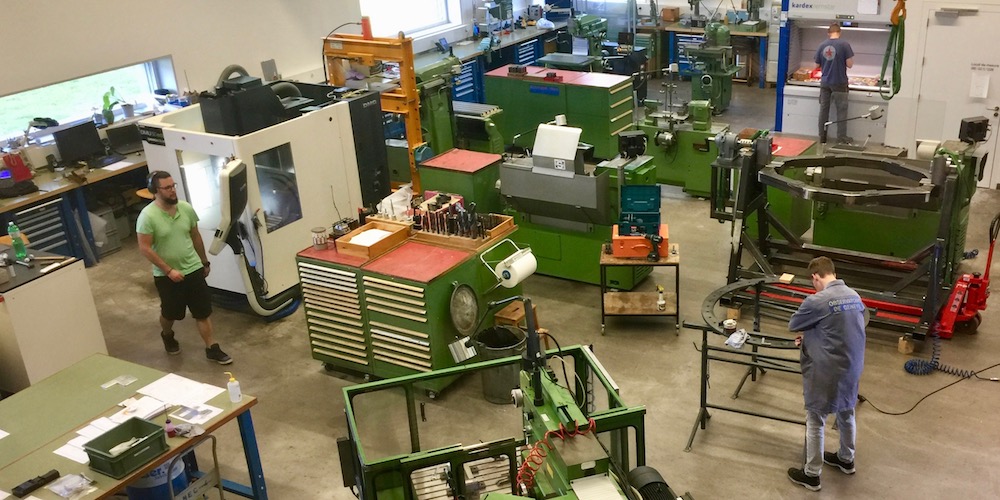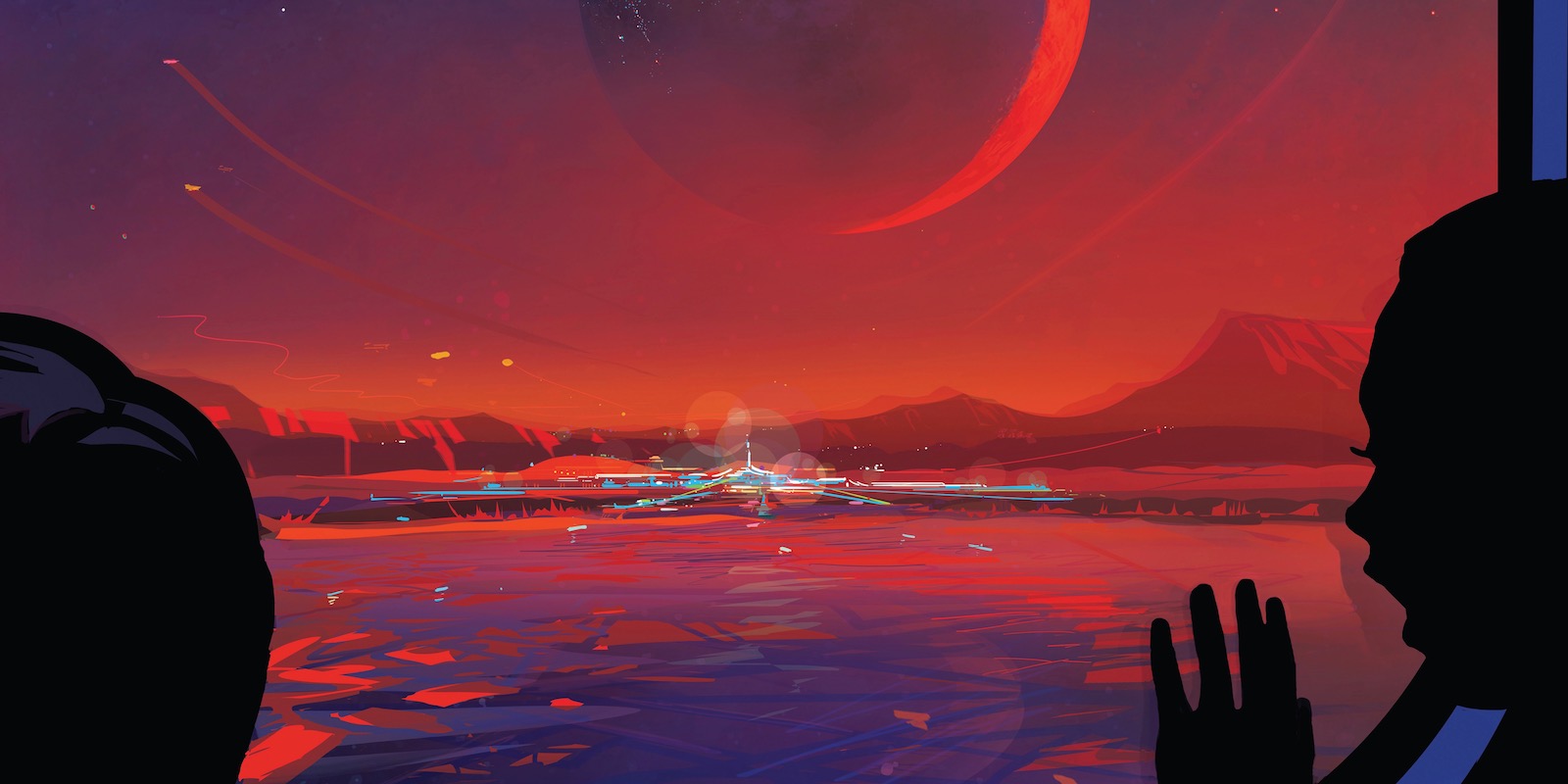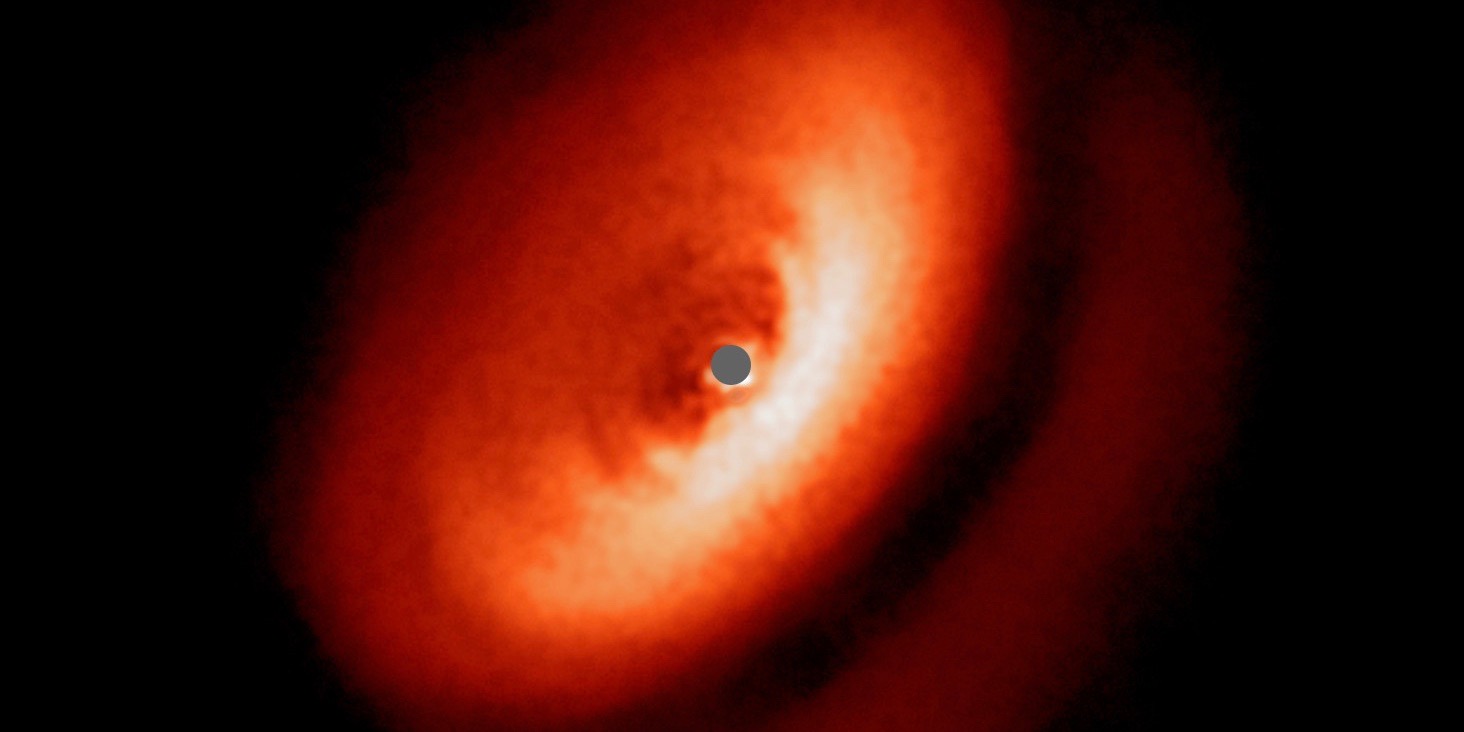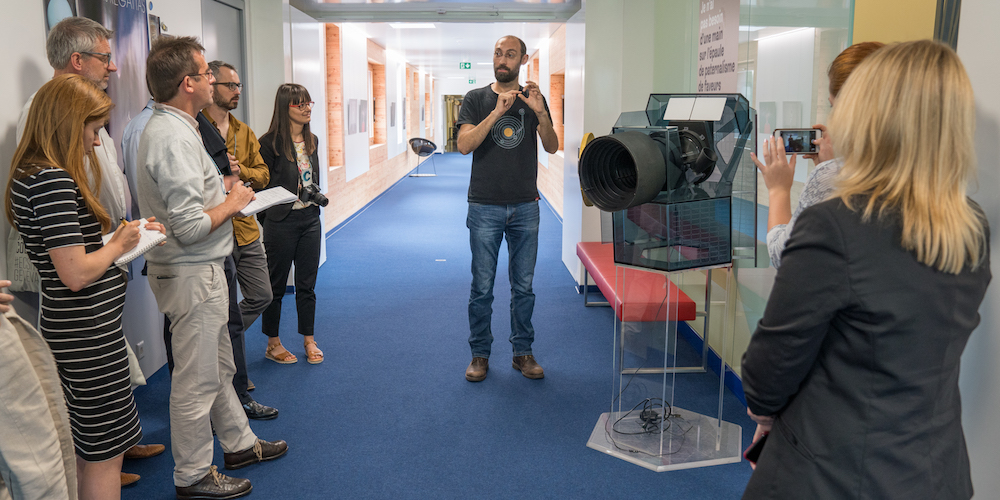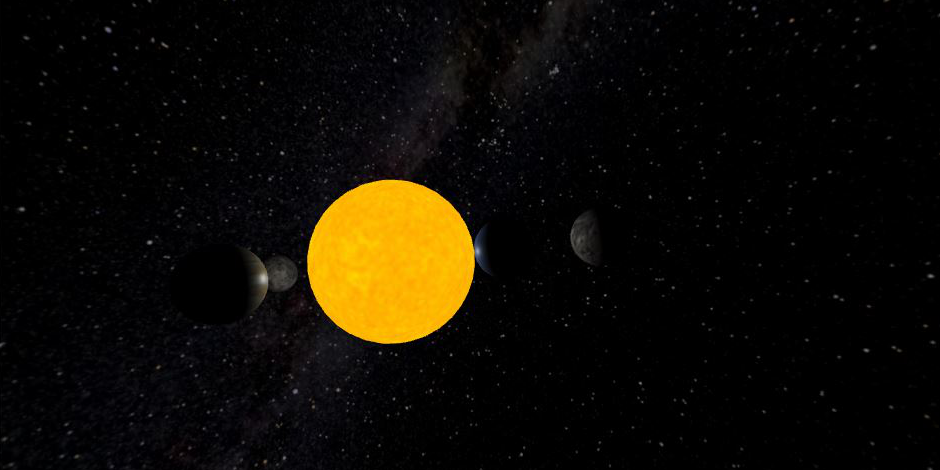News
Finding a planet with a 10 years orbit in a few months
The method of transits, consisting of detecting a dip in the luminosity of the host star at the time the planet passes, is a very effective technique to search for exoplanets. It makes it possible to estimate the radius of the planet, the inclination of the orbit and can be applied to a large number […]
Continue ReadingEditorial
Dear Reader, Transition – a word one hears often during a world soccer cup. It means bringing the ball forward through the middle field closer to the opponent’s goal. A critical moment in the game during which a generally pre-defined strategy is being executed with the hope to eventually score. It turns out that at […]
Continue ReadingChildren’s drawings ready for space
Together with the CHEOPS space telescope 2748 miniaturized drawings will fly into space in the first half of 2019. The video shows how physicist Guido Bucher produced the plaques with the drawings at Berner Fachhochschule in Burgdorf. More about CHEOPS and the children’s drawings campaign: http://cheops.unibe.ch
Continue ReadingA peregrine falcon in the underwater palace
The Japanese space probe Hayabusa2 has reached the asteroid Ryugu. Hayabusa means peregrine falcon in Japanese, Ryugu is the name of the dragon god’s underwater palace. The mission’s scientific team includes PlanetS researchers. Martin Jutzi calculates what happens when an impactor knocks out an artificial crater on the asteroid. Henner Busemann hopes to be able […]
Continue ReadingFabrication of NIRPS
The Workshop Mechanical workshop of the astronomy department of the University of Geneva: It is in this workshop that some of the components of NIRPS (Near InfraRed Planet Searcher) are manufactured, assembled and integrated into the instrument. The Geneva Observatory is responsible for the construction and installation of the NIRPS front end, which is a subsystem […]
Continue ReadingGreat enthusiasm for small stars
TRAPPIST-1 is the name of the star around which seven planets and many current research projects revolve. Cool dwarf stars are the new favourites when searching for earth-like, life-friendly planets out in space. PlanetS teams are among the world leaders in this field of research. Brice-Olivier Demory is enthusiastic, “with our expertise here at the […]
Continue ReadingHighlights of PlanetS news
From astounding images of Mars and cosmic ravioli near Saturn to distant worlds that might look similar or very different to planets in our solar system – the researchers of PlanetS keep coming up with surprising news that are published worldwide. Objects shaped like ravioli and spaetzle puzzled the readers of science news. How come […]
Continue ReadingArtificial Intelligence joins Astrobiology
Tackling humanity’s biggest challenges with Artificial Intelligence: Uni Bern scientist at NASA’s Frontier Development Lab For the third time since 2016 machine learning experts and space scientists will spend the summer in Silicon Valley to work on some of NASA’s most important present day challenges. The 8 week long program – NASA frontier development lab […]
Continue ReadingThe Space Group of Ecsite visits the Geneva Observatory
Ecsite is an annual international conference that brings together the majority of mediators and other scientific representatives of European museums. This year Ecsite was held in Geneva where no less than 1200 people had made the trip. As is the tradition, the conferences and workshops are preceded by pre-conferences organised by the different Ecsite member […]
Continue ReadingHD 45364
HD 45364 is an extrasolar system located 107 light-years away in the constellation Canis Major (the Greater Dog). The central star is an yellow dwarf (spectral type G8V), a little smaller the Sun (0.88 solar masses, 0.82 solar radii) and of similar temperature (5270 °C, compared to 5500 °C for the Sun). With a visual […]
Continue Reading
